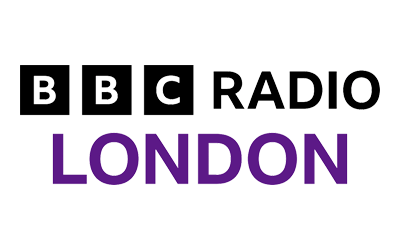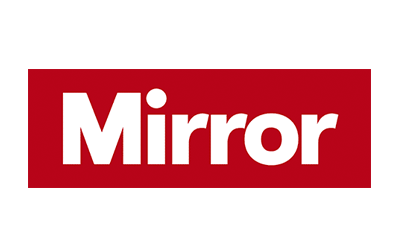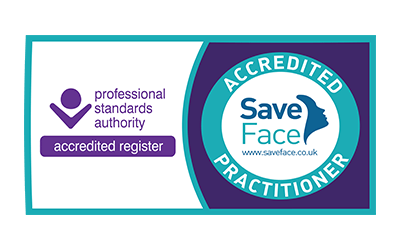When we first look at someone, we typically focus on the eyes, and they are a vital component in facial attractiveness. Asymmetrical, uneven eyelids can therefore have a significant impact on your self-esteem.
What are uneven or asymmetrical eyelids?
The most common reason for uneven eyelids is asymmetric ptosis or drooping of the upper eyelid. The eyelid that droops more makes the eye appear smaller.
Is it common to have uneven or asymmetrical eyelids?
Very few faces are perfectly symmetrical – it’s estimated that only 2% of the population has true facial symmetry, and as a result, a completely symmetrical face is not seen as normal and, therefore, often less attractive. Most men and women have slightly asymmetrical facial features, including somewhat uneven eyelids.
What causes uneven or asymmetrical eyelids?
There are several reasons why you may have uneven eyelids – either this is a concern you have always been aware of, or it may be something that has developed or worsened over time. Causes of asymmetrical eyelids include:
Genetics plays a role in uneven eyelids:
Your inherited facial features may include slightly uneven or asymmetrical eyelids, and you may seek treatment if this is very noticeable and a source of concern.
Ageing can cause uneven eyelids:
A slight asymmetry of the eyelids, which is entirely natural, may become more noticeable over time as the face experiences changes because of the ageing process. A study into the relationship between age and facial asymmetry found that although there was a more significant increase in asymmetry in the lower two-thirds of the face due to the loss and descent of the soft tissues, facial asymmetry also increases in the upper third of the face.
On the upper eyelid, the skin and muscles stretch as elasticity is lost, and although both eyes will be affected, this may look more pronounced in one eye.
Medical conditions can cause eyelid asymmetry:
An underlying health condition can cause ptosis, such as myasthenia gravis, congenital myopathies, and myotonic dystrophy. Trauma or damage to the central nervous system can also cause the muscles that support the eyelid to weaken.
What are the best treatments for uneven eyelids?
Muscle relaxing injections can be used on just one side to weaken the depressor muscles that pull down, thereby strengthening the muscles that pull upwards.
Ultherapy is an energy-based device that is FDA-approved to lift and tighten the skin. Ultrasound energy is delivered deep into the SMAS layer of the dermis, increasing collagen production. Over the following weeks and months, skin remodelling occurs. Mild asymmetry of the eyelids can be improved by focusing on one side of the face.
An eyelid lift, known medically as a blepharoplasty, is a surgical procedure to enhance and rejuvenate the eye area. An upper eyelid lift is a fantastic anti-ageing procedure as excess skin and fat is removed and the muscles tightened and repositioned. Asymmetric eyelids, in both young and old patients, can be addressed by careful surgical planning. Here at Karidis Clinic, we also offer revision blepharoplasty, focused on correcting poor results from a previous blepharoplasty.
ASSOCIATED PROCEDURES: Blepharoplasty, Ultherapy, Wrinkle Smoothing Treatments
Quick Links
TREATMENT OPTION: BLEPHAROPLASTY

Eyelid surgery (technically called blepharoplasty) is a procedure to remove sagging, drooping skin on the upper lids. Blepharoplasty can be done alone or in conjunction with other facial surgery procedures such as a facelift or a brow lift.
Discover our blepharoplasty proceduresTREATMENT OPTION: ULTHERAPY

Ultherapy is the only non-invasive procedure which has been FDA-cleared. We use this treatment at our London clinic to lift skin on the neck and jowls. It’s also highly effective as a non-surgical brow lift.
Discover our Ultherapy treatmentsTREATMENT OPTION: WRINKLE SMOOTHING TREATMENTS
Our wrinkle smoothing treatment is used to temporarily improve early signs of ageing, as well as more mature skin, to achieve a smoother more youthful appearance and reduce the presence of crow’s feet (around the eyes) and frown lines (between the eyebrows).
Discover our Wrinkle Smoothing Treatments
















